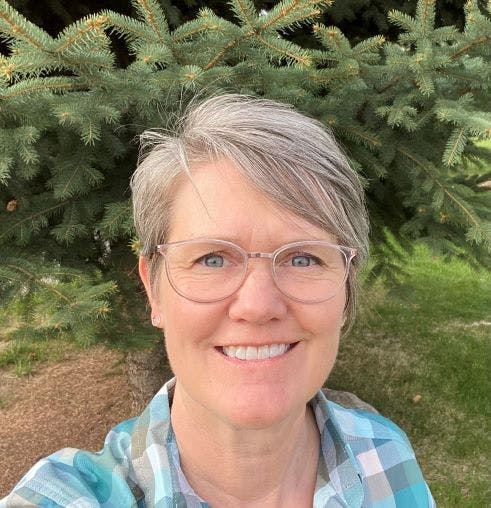Lolo Water and Wastewater System Improvements
Lolo RSID 901 Sewer and Water Impact Fee Study
View the RSID Map and Boundary here.
As of Dec. 3, the Impact Advisory Committee voted unanimously to recommend the Board of County Commissioners adopt impact fees as proposed.
Project Overview
The water and wastewater system in Lolo has reached full capacity and no new connections are allowed. Additionally, the existing infrastructure has deficiencies that need to be addressed to ensure long-term reliability. The proposed improvements aim to resolve these deficiencies while also creating additional capacity for future growth.
Missoula County is working with a local engineering firm to provide estimates to determine the costs for project funding so that state loan programs can be applied if the new RSID is created. The county is also exploring different funding structures to offset costs for the projects. This includes federal funding grants, other available grant resources, and local impact fees.
To assure equitable financial costs the district is being reviewed for properties that have current utility benefits that will be responsible for their share of the upgrades to the system. Capacity upgrades or users wanting service outside of the district will be funded by newly established impact fees that the county is actively working on. The impact fee report will be presented at the Impact Fee Advisory Committee Meeting that will be happening on Dec. 3, 2025.
Current System Challenges
- Water System Deficiencies: If well No. 3, the largest well, were to fail during peak demand, the system would struggle to provide sufficient domestic water and fire-flow demands.
- Wastewater System Deficiencies: The treatment plant lacks redundancy — if a critical component like the bioreactor or secondary clarifier fails, managing sewage would become a serious challenge.
Proposed Improvements
Planned improvements include:
- Upsizing wells No. 1 and No. 2
- Upsizing a key water main
- Adding a redundant bioreactor and secondary clarifier
The cost of these improvements can be be found in this summary.
Water Line Size Examples
- Residential: 3/4-inch to 1-inch
- Commercial: 1-inch to 2-inches
- A carwash would typically have a 1 1/2-inch to 2-inch line size
- A Multi-Family home (4-Plex) would typically have 1 1/4-inch to 11/2-inch line size
- A hotel would have a 2-inch or larger line size
- Fire line (suppression) are 4-inch lines but do not count against the capacity of the system.
Public Feedback
The County is seeking public feedback to help determine whether to proceed with the creation of the RSID. Members of RSID 8901 have the final say on the proposed improvements through a protest process. Comments can be left below.
Public Meeting
Thursday, Jan. 8th, 2026 2 p.m.: County Commissioners’ Public Meeting
- In-person location: 200 W. Broadway, Missoula County Courthouse, Sophie Moiese Room
- Virtual option: Residents can attend the meeting via Microsoft Teams. To join the meeting on your device, follow the links on the agenda that will be published on the Missoula County’s civic clerk portal.
Key Documents
Preliminary Engineering Reports (PERs) are available for review.





